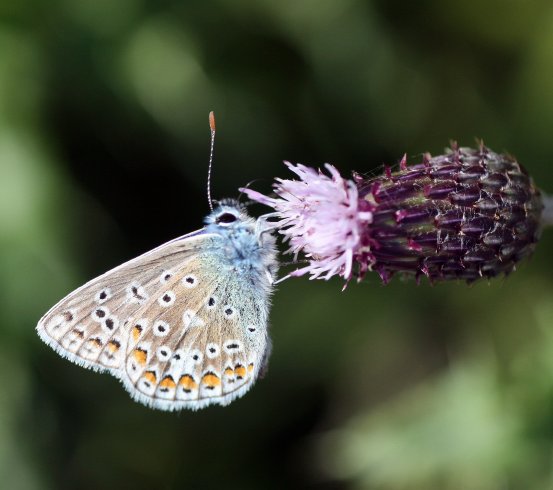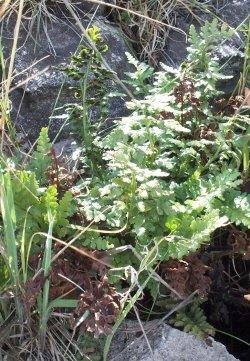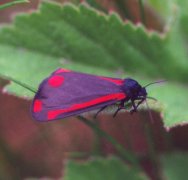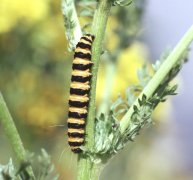The flowers and Insects of South Gare
South Gare is an area which is free from the influences of modern farming and has never had fertiliser or herbicide sprayed anywhere.
This has produced an area rich in wild flowers. There are also no grazing animals to alter the landscape. Practically all of the area is man made and has been subject to tipping of industrial and in more recent times domestic rubbish. Despite all this it remains a very interesting area and is home to a wide variety of plants and animals.

The South Gare has been well covered by local botanists but there is still scope to discover new plants. The picture below shows Black spleenwort which was discovered in 2001 growing very well not too far from the road.
 |
|
 |
The plant above right is an "alien" species (Flower of Jove) which has recently been found at the South Gare. This plant is more at home in the south of France than the north east of England. Despite this the plant does seem to have spread and is an attractive addition to the flora at the Gare. How it got there is something of a mystery.
The Everlasting Pea (Lathyrus latifolius) can be found in various places along the coast south of the Tees. The picture shows a large clump at the Gare. It makes a very good display and adds colour to the summer hedgerow and scrub near the sea.

Common Poppies (Papaveraceae rhoeas) are widespread around the South Gare but only put in an appearance if the soil becomes disturbed. As you can see in the photo there is also a good mixture of other flowering plants. On the rougher old slag areas of the Gare Vipers Bugloss (Echium vulgare) and the Nodding Thistle (Cardus nutans) can be found. These plants are uncommon in other parts of Teesside.

The small plant on the left is Purple Milk Vetch (Astragalus danicus). This is quite a rare plant in the UK and can be found in some quantity on both sides of the river Tees


